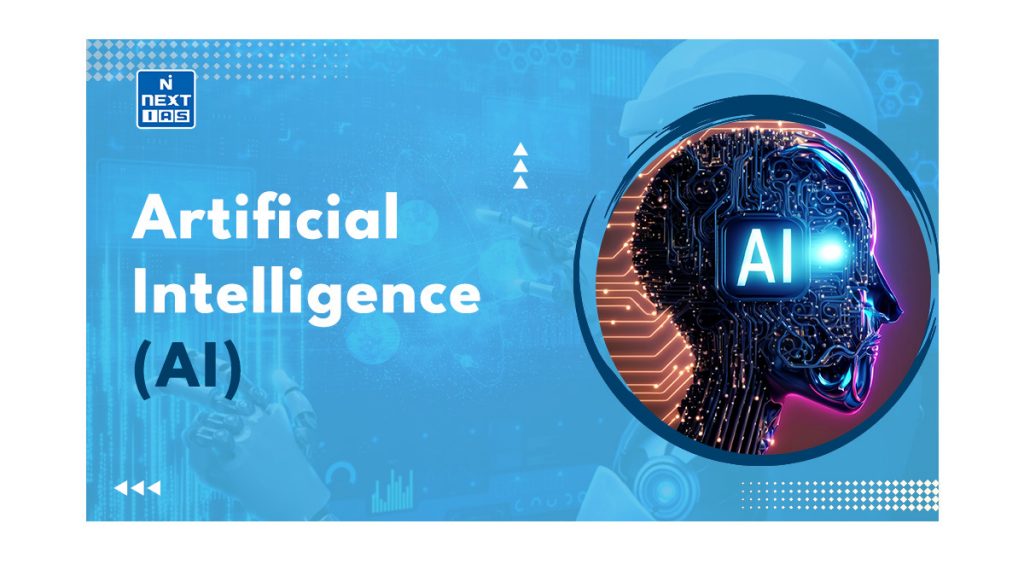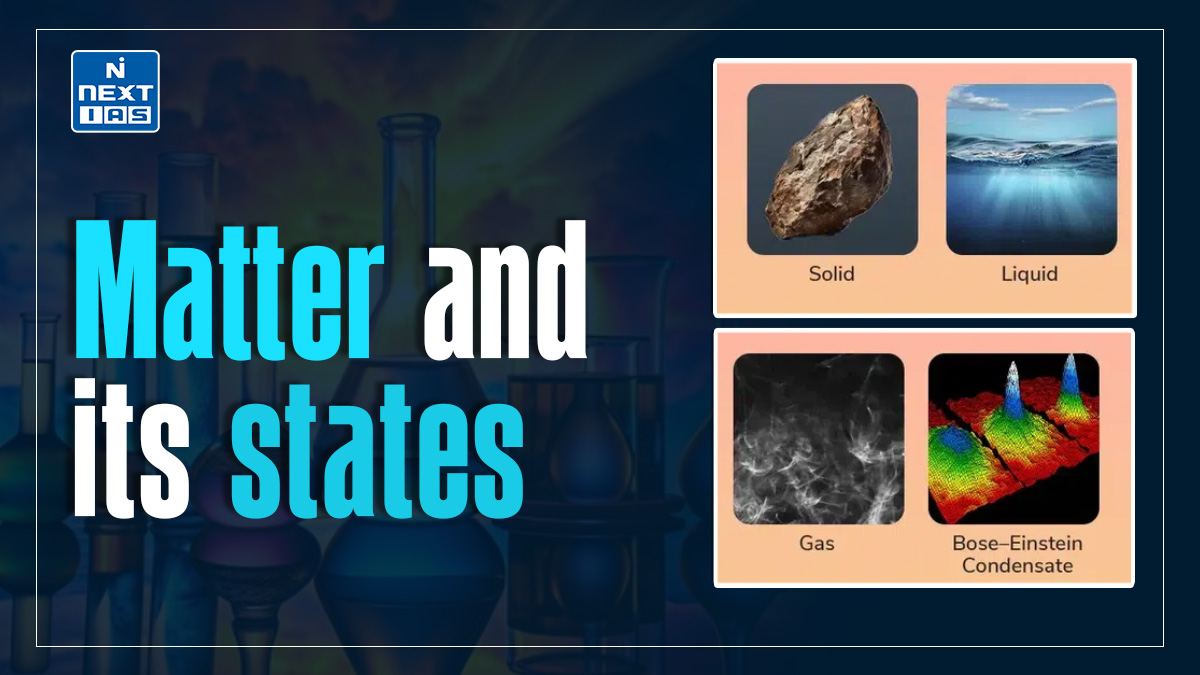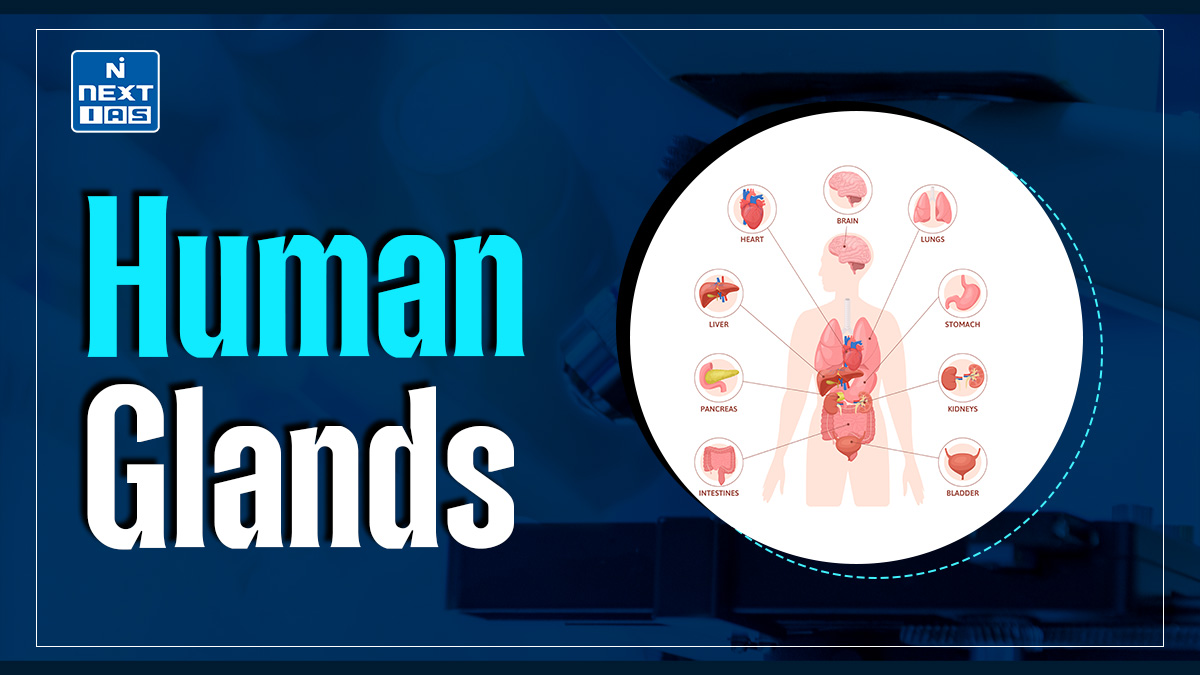
Artificial Intelligence (AI) refers to the simulation of human intelligence in machines programmed to think, learn, and perform tasks autonomously. By leveraging algorithms, data, and computing power, AI powers innovations like chatbots, self-driving cars, and predictive analytics, transforming industries and enabling smarter decision-making across various fields.
What is Artificial Intelligence?
- Artificial Intelligence (AI) is the branch of computer science focused on creating systems capable of performing tasks that typically require human intelligence. These tasks include learning, reasoning, problem-solving, perception, and language understanding.
- AI operates through algorithms and data, enabling machines to recognize patterns, make predictions, and adapt to new information. It encompasses various fields, including machine learning, where systems improve through experience, and natural language processing, which enables understanding of human language.
- Applications of AI range from virtual assistants and recommendation systems to robotics and autonomous vehicles. AI aims to enhance efficiency, accuracy, and innovation across diverse industries and domains.
Brief History of Artificial Intelligence
- The history of Artificial Intelligence dates back to the mid-20th century. In 1950, Alan Turing introduced the Turing Test, proposing a criterion for machine intelligence.
- The term “Artificial Intelligence” was coined in 1956 at the Dartmouth Conference, marking the formal birth of AI as a field. Early AI focused on problem-solving and logic-based systems, with programs like ELIZA, an early chatbot, gaining attention in the 1960s.
- The 1970s and 1980s saw funding declines, known as AI winters, due to unmet expectations.
- However, advancements in computing and algorithms reignited interest in the 1990s. Breakthroughs like IBM’s Deep Blue defeating chess champion Garry Kasparov in 1997 showcased AI’s potential.
- The 21st century ushered in the age of machine learning and deep learning, driven by vast data and computing power.
- Today, AI powers innovations like voice assistants, autonomous vehicles, and healthcare diagnostics, revolutionizing industries globally.
Applications of Artificial Intelligence
Artificial Intelligence has vast applications across diverse fields, revolutionizing how tasks are performed and decisions are made. Key applications include:
- Healthcare
- Diagnosis and treatment prediction using medical imaging and patient data (e.g., detecting cancer).
- Drug discovery and personalized medicine.
- AI-powered robotic surgeries and virtual health assistants.
- Finance
- Fraud detection and risk assessment.
- Automated trading systems and robo-advisors.
- Customer service chatbots for banking queries.
- Transportation
- Autonomous vehicles (self-driving cars, drones).
- Traffic management systems and route optimization.
- Predictive maintenance for vehicles.
- Retail and E-commerce
- Personalized product recommendations.
- Inventory management and demand forecasting.
- Virtual shopping assistants and chatbots.
- Education
- AI tutors providing personalized learning experiences.
- Automated grading systems.
- Adaptive learning platforms for skill improvement.
- Manufacturing
- Predictive maintenance for machinery.
- Quality control and defect detection.
- Industrial robots for assembly and logistics.
- Entertainment and Media
- Content recommendation (e.g., Netflix, Spotify).
- Video editing and game development using AI.
- Real-time content moderation on social platforms.
- Customer Service
- AI-driven chatbots for 24/7 customer support.
- Sentiment analysis for understanding customer feedback.
- Agriculture
- Crop monitoring with drones and AI-powered sensors.
- Precision farming for improved yield and resource efficiency.
- Pest and disease detection.
- Security
- Facial recognition for surveillance.
- Cybersecurity threat detection and prevention.
- Predictive policing and crime analysis.
AI continues to evolve, unlocking new applications and enhancing productivity, decision-making, and innovation across industries.
Examples of AI in Daily life
Artificial Intelligence has seamlessly integrated into daily life, making tasks more efficient and enhancing user experiences. Common examples include:
- Virtual Assistants
- AI-powered assistants like Siri, Alexa, and Google Assistant help with tasks such as setting reminders, checking weather, or answering queries.
- Personalized Recommendations
- Streaming platforms like Netflix and Spotify suggest movies, shows, or music based on user preferences.
- E-commerce platforms like Amazon recommend products tailored to browsing and purchase history.
- Smart Home Devices
- AI-enabled devices like Nest Thermostat or Philips Hue optimize home environments by learning user habits.
- Smart security systems with facial recognition and motion detection.
- Navigation and Maps
- Google Maps and Waze use AI for real-time traffic updates, route optimization, and predicting travel times.
- Social Media
- Platforms like Facebook, Instagram, and TikTok use AI for personalized feeds, facial recognition in photos, and content recommendations.
- Healthcare Apps
- Wearables like Fitbit and Apple Watch track health metrics, offering AI-driven insights for fitness and wellness.
- Telemedicine apps use AI for symptom checking and virtual consultations.
- Online Search
- Search engines like Google use AI algorithms to deliver accurate and context-aware search results.
- Chatbots and Customer Support
- Websites and apps use AI chatbots to provide instant responses and resolve common queries.
- Online Transactions
- AI is used in fraud detection and secure payments, ensuring safe online banking and shopping.
- Smart Cameras and Photo Apps
- Smartphone cameras leverage AI for scene detection, auto-focus, and facial enhancements.
- Apps like Google Photos use AI for categorizing and tagging photos.
- Language Translation
- Tools like Google Translate and DeepL offer real-time text and voice translations powered by AI.
AI continues to enhance convenience, efficiency, and personalization, becoming an indispensable part of everyday life.
Advantages of Artificial Intelligence
Artificial Intelligence offers numerous advantages that enhance efficiency, productivity, and innovation across various fields. Key benefits include:
- Automation of Tasks
- Reduces human effort in repetitive, time-consuming tasks, increasing productivity.
- Example: Automated data entry or customer service chatbots.
- Accuracy and Precision
- AI systems minimize errors compared to manual processes, especially in fields like healthcare, manufacturing, and finance.
- Example: AI-powered diagnostic tools in medical imaging.
- Efficiency and Speed
- Processes vast amounts of data and performs complex computations quickly.
- Example: Real-time fraud detection in financial transactions.
- 24/7 Availability
- Unlike humans, AI systems can work continuously without fatigue, ensuring constant operational capabilities.
- Example: Virtual assistants like Alexa or chatbots for customer support.
- Personalization
- Delivers customized experiences based on user preferences and behavior.
- Example: Netflix recommendations or targeted advertising.
- Improved Decision-Making
- Analyzes data patterns and provides insights to support better, data-driven decisions.
- Example: AI in supply chain management for demand forecasting.
- Cost Savings
- Reduces operational costs by automating tasks and optimizing resources.
- Example: AI in predictive maintenance for machinery.
- Enhancement of Human Capabilities
- Supports humans in tasks that require high precision or speed, boosting performance.
- Example: AI-assisted surgeries or creative design tools.
- Innovation and Discovery
- Facilitates breakthroughs in research, development, and new technology creation.
- Example: AI in drug discovery and space exploration.
- Adaptability and Learning
- Machine learning models continuously improve with data, adapting to new challenges and environments.
- Example: Autonomous vehicles learning to navigate diverse road conditions.
AI’s potential to streamline operations and enable smarter solutions continues to transform industries and improve everyday life.
Disadvantages of Artificial Intelligence
While Artificial Intelligence offers numerous benefits, it also presents significant challenges and risks. Key disadvantages include:
- High Implementation Costs
- Developing, deploying, and maintaining AI systems require substantial investments in resources, technology, and expertise.
- Example: AI-powered systems like autonomous vehicles or robotics.
- Job Displacement
- Automation of tasks may lead to unemployment in industries where repetitive or manual jobs are replaced by AI systems.
- Example: AI in manufacturing reducing demand for assembly-line workers.
- Bias in Algorithms
- AI systems can inherit biases present in training data, leading to unfair or discriminatory outcomes.
- Example: Biased hiring algorithms or facial recognition issues.
- Lack of Creativity and Emotion
- AI lacks human intuition, emotional intelligence, and creativity, limiting its ability to handle tasks requiring empathy or out-of-the-box thinking.
- Example: Customer service in emotionally sensitive scenarios.
- Ethical Concerns
- Issues such as data privacy, surveillance, and misuse of AI in harmful activities raise ethical dilemmas.
- Example: AI-driven deepfakes or mass surveillance systems.
- Dependency on Data
- AI systems rely on vast amounts of high-quality data; insufficient or poor-quality data can lead to inaccurate results.
- Example: Medical AI systems failing without diverse patient data.
- Security Risks
- AI systems are vulnerable to hacking, data breaches, or adversarial attacks, leading to potential misuse or manipulation.
- Example: Cybersecurity threats targeting AI-driven applications.
- Unemployment and Economic Divide
- Widening skill gaps and economic inequalities may emerge as industries adopt AI, favoring those with advanced technical knowledge.
- Example: Displacement of low-skill jobs without adequate reskilling programs.
- Over-reliance on AI
- Excessive dependence on AI systems may reduce human oversight, leading to potential failures in critical situations.
- Example: Overreliance on autopilot systems in aviation.
- Lack of Transparency (Black Box Problem)
- AI decision-making processes are often opaque, making it difficult to interpret or explain outcomes.
- Example: AI in financial lending decisions lacking transparency.
Addressing these challenges requires responsible development, regulation, and ethical considerations to balance AI’s benefits with its risks.
Concerns with Artificial Intelligence (AI)
The rise of Artificial Intelligence (AI) brings several concerns that require careful consideration to ensure its ethical, responsible, and safe deployment. Key concerns include:
- Ethical Issues
- AI decisions can raise ethical dilemmas, especially in areas like autonomous weapons, privacy, and surveillance.
- Example: Should autonomous vehicles prioritize passenger safety or pedestrians in unavoidable accidents?
- Bias and Discrimination
- AI systems can reflect and perpetuate biases present in their training data, leading to unfair or discriminatory outcomes.
- Example: Biased recruitment algorithms excluding certain demographic groups.
- Loss of Jobs
- Automation of repetitive tasks threatens jobs in industries like manufacturing, retail, and transportation, potentially widening income inequality.
- Example: Self-checkout systems replacing cashiers.
- Privacy Concerns
- AI-driven surveillance systems can infringe on individual privacy by collecting, analyzing, and storing personal data.
- Example: Misuse of facial recognition technology.
- Security Risks
- AI systems can be exploited for malicious purposes, such as generating deepfakes, cyberattacks, or spreading misinformation.
- Example: AI-generated fake news campaigns.
- Transparency and Accountability
- AI’s decision-making processes, often referred to as the “black box,” lack transparency, making it difficult to understand or challenge outcomes.
- Example: Denial of a loan by an opaque AI-powered credit scoring system.
- Over-reliance on AI
- Excessive dependence on AI systems may lead to reduced human oversight and vulnerability during system failures.
- Example: Errors in automated medical diagnosis systems.
- Weaponization of AI
- Development of autonomous weapons or AI-driven cyber warfare tools raises concerns about global security and ethical use.
- Example: AI-powered drones used in conflicts without human intervention.
- Economic Inequality
- Unequal access to AI technology may widen the gap between developed and developing nations or wealthy and underprivileged communities.
- Example: High costs of AI adoption favoring large corporations over small businesses.
- Unintended Consequences
- AI systems may act unpredictably or beyond intended purposes, causing harm or inefficiencies.
- Example: Algorithms amplifying misinformation on social media platforms.
Addressing these concerns requires proactive regulation, ethical AI design, and collaboration between governments, organizations, and stakeholders to minimize risks while maximizing benefits.
Way Forward
AI involves developing ethical frameworks, ensuring transparency, and addressing bias in algorithms. Investment in AI education and reskilling programs will help mitigate job displacement. Governments should create regulations to safeguard privacy and security.
Collaboration between industries, researchers, and policymakers is essential to harness AI’s potential while minimizing risks and ensuring responsible use.
Conclusion
Artificial Intelligence (AI) is transforming industries and daily life, offering unparalleled efficiency, innovation, and insights. However, its potential risks—such as bias, ethical concerns, and job displacement—must be addressed responsibly. With careful regulation, ethical practices, and collaboration, AI can enhance human capabilities and drive progress for a more sustainable and equitable future.
FAQs
What are the types of Artificial Intelligence?
Types of AI include Reactive AI, Limited Memory AI, Theory of Mind AI, and Self-aware AI.
Who is the father of Artificial Intelligence?
The term “father of AI” is often attributed to John McCarthy, an American computer scientist who coined the term “artificial intelligence” and made significant contributions to the field’s early development.
What are the functions of Artificial Intelligence?
AI functions encompass a wide range of applications, including natural language processing, computer vision, machine learning, robotics, automation, virtual assistants, and autonomous systems. Its goal is to enable machines to perform tasks intelligently, making human life easier and more efficient.






